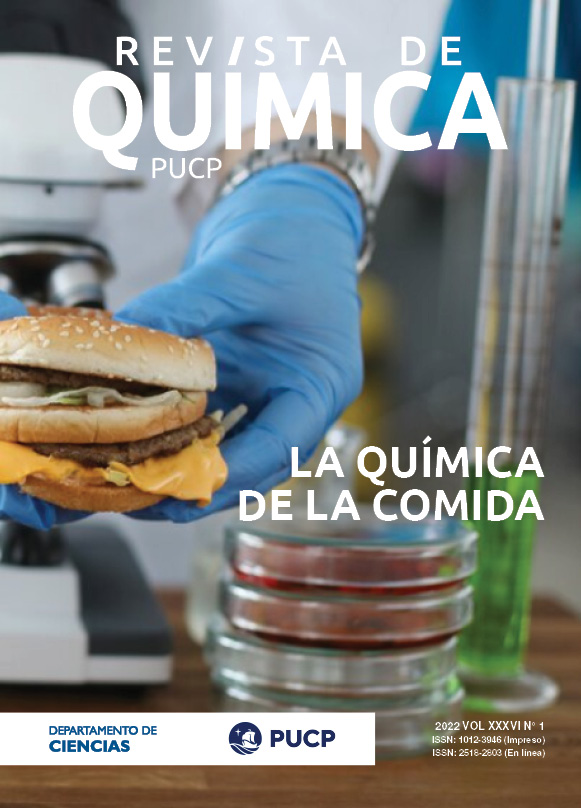Redes Metal Orgánicas de Plata como Inhibidores Bacterianos
Palabras clave:
Bactericidas, Redes metal orgánicas, Plata, MOFResumen
Actualmente el desarrollo de nuevos materiales con propiedades potencializadas es un reto para la comunidad científica, particularmente aquellos que funcionan como bactericidas. El estudio de estructuras que contienen plata se ha incrementado en las últimas décadas gracias a la preparación de nanopartículas, las cuales tienen diversas propiedades de interés, entre ellas su capacidad bactericida. Se ha buscado contar con materiales que puedan contener plata en forma metálica o en forma iónica y que sus propiedades les permitan actuar en contra de diversos organismos causantes de enfermedades, como las bacterias. Al respecto, en este trabajo se abordan los principales resultados obtenidos utilizando un nuevo tipo de materiales híbridos llamados redes metal orgánicas o MOF (Metal Organic Frameworks) que están formados por centros metálicos y ligandos orgánicos unidos mediante enlaces de coordinación. Adicionalmente, se explorarán los detalles más destacados del uso de plata en la construcción de MOF y su efecto bactericida, abriendo un panorama al lector sobre la síntesis y las características de estos nuevos materiales nanoestructurados.Descargas
Los datos de descargas todavía no están disponibles.
Descargas
Publicado
2022-03-03
Cómo citar
Loera-Serna, S., & Osornio Castillo, A. (2022). Redes Metal Orgánicas de Plata como Inhibidores Bacterianos. Revista De Química, 36(1), 2–9. Recuperado a partir de https://revistas.pucp.edu.pe/index.php/quimica/article/view/24147
Número
Sección
Artículos
Licencia
Derechos de autor 2022 Sandra Loera-Serna, Dra., Adriana Osornio Castillo

Esta obra está bajo una licencia internacional Creative Commons Atribución 4.0.













